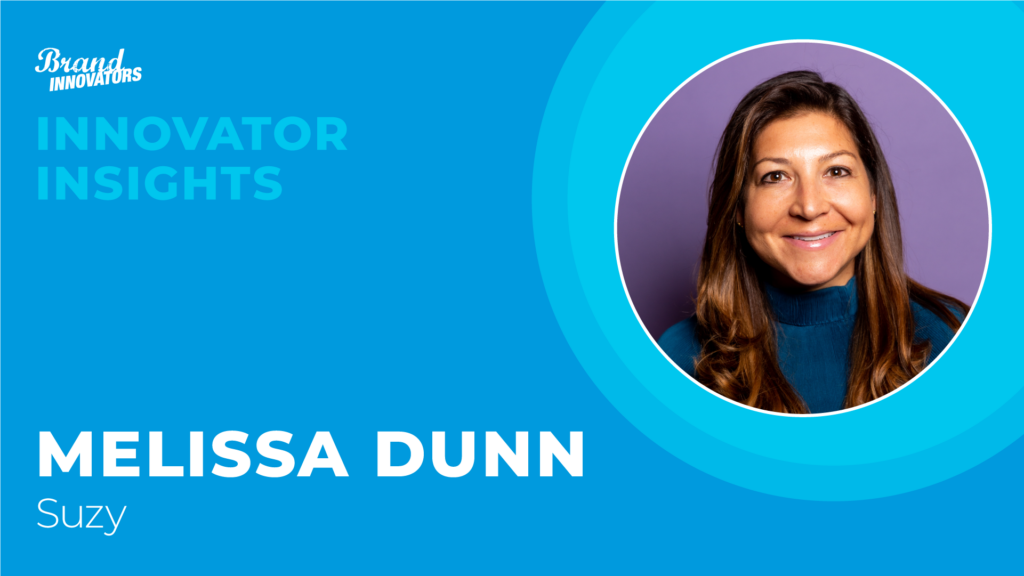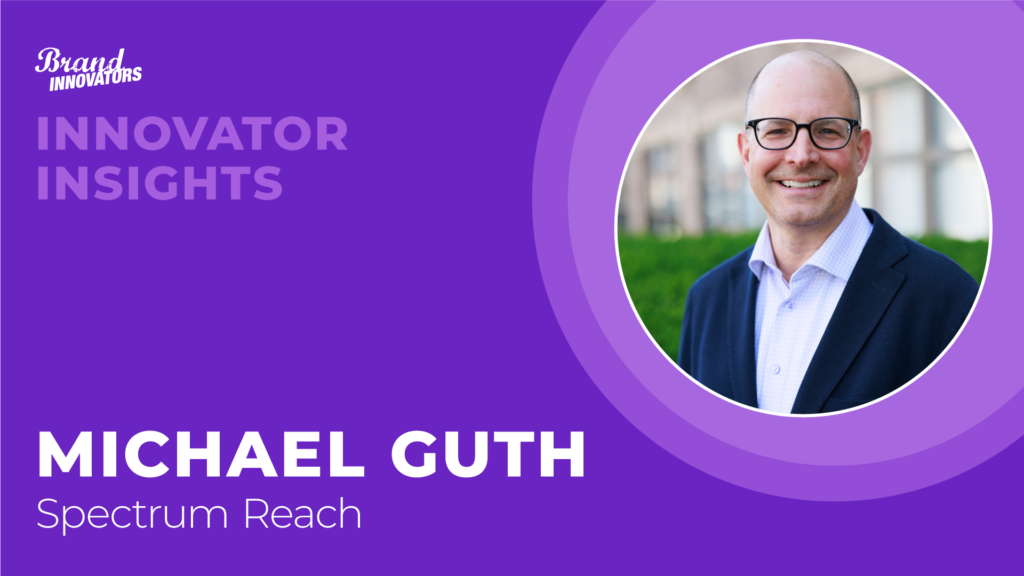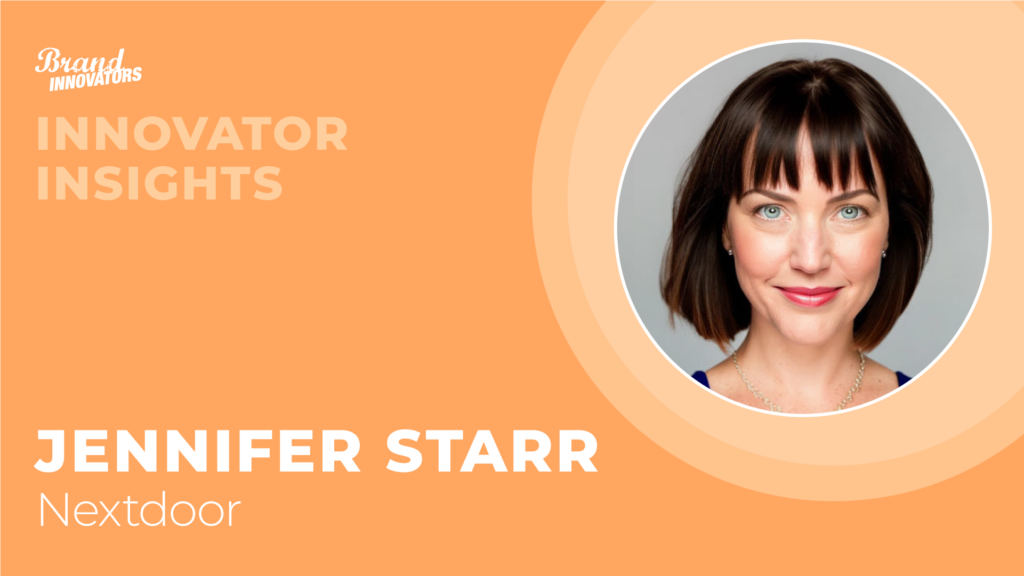Gaming is a massive industry, and offers an attractive opportunity for marketers. It can provide reach and engagement for those advertisers who see it for what it is—a powerful, effective and measurable channel—and see past the stereotypes of gamers.
Gabrielle Heyman has been challenging the stereotype of gamers being all young men glued to their consoles and that gaming is best for advertising soda, snacks and sneakers. As head of global brand partnerships for Zynga–a leader in mobile and social-media gaming known for blockbusters like Words with Friends and Parking Jam–she is bringing more and different brands into the growing medium of online gaming.
“One thing that we see often with brands is their gaming strategy is anchored in Gen Alpha or Gen Z, and they’re not realizing how large the audience is from Millennials, Gen X, and even Boomers that are playing games,” said Heyman. Gaming—and particularly mobile gaming—is far more diverse than that, and offers a great opportunity, she said. Mobile gaming has opened up the channel, adding many more users across many more demographics, and making mobile one of the leading entertainment channels, said Heyman.
Over the last decade, habits have evolved so every day, audiences are spending 2.5 hours on their mobile devices longer than they spend watching cTV. And the same has happened within gaming: there are now two gamers engaging in mobile for every console-based gamer, per eMarketer. Another misconception, that gaming is a guy thing, has also been challenged by mobile gaming, said Heyman. Audiences for mobile gaming skew 55% to 60% female, she said.
Not Passively Watching, Engaging
A growing number of brands are choosing gaming to stand out and grab the audience’s attention, taking advantage of the interactivity that’s built into the gaming channel, said Heyman. That immersive nature makes it a natural medium for engagement, she said.
“It’s mass market interactive entertainment,” said Heyman. “You’re not passively watching it, you’re engaging.”
Measurement is another area where the gaming channel offers an advantage. As Heyman said: “You can’t click through on TV.” Zynga works with a number of data partners such as Foursquare, Disqo, Upwave, Samba TV, and others to provide targeting, as well as outcome-based measurement.
Hand-Holding and Breaking Silos
The downside of gaming’s popularity is the marketplace has become crowded, thanks to the low barrier of entry for mobile apps, compared to console games. Tens of thousands of new games are released every quarter on the app stores of Apple, Google and others. Zynga relies on its large slate of games—to stand out, said Heyman. The company has over 100 games out across its roster of studios such as Peak, Small Giant and NaturalMotion.
In spite of any gamer grumbling that initially greeted ad messages, in-game advertising has become a welcomed medium. Gamers understand the need for ad support to keep games available, said Heyman. Most of Zynga’s games are ad-supported and enjoy good player retention. She noted Words with Friends is approaching its 15th anniversary and four to five million users are still playing monthly, understanding that an ad after every turn is part of the game.
But for a medium that is rapidly reaching maturity, gaming is still being treated like an emerging channel. “Even though technological advancements do change the face of gaming in a lot of ways, brands still have barely touched the surface of what they can do in mobile gaming,” Heyman said. “The shiny new object is mobile gaming.”
Getting advertisers to recognize gaming as a channel on par with broadcast media or other legacy channels can require some hand-holding. Zynga provides expertise to recommend their targeting, measurements and which ad experience to engage in to guide them into the new medium.
The process also requires helping break down some silos, noted Heyman. Many agencies and marketers have built up gaming expertise, but it is housed inside their esports and youth-marketing teams, because they still follow the stereotype of the gamer as a young male. Meanwhile, in-game ads are bought by the programmatic media buying team, which may be at the agency or in-housed at the marketing organization, and the two teams may not be communicating. Many advertisers don’t realize they already have the capacity at their fingertips to activate those media buys.
Zynga’s mission is to educate those companies and build trust to get the advertisers and agencies to realize how easily they can place their video assets in games and reap the benefits, and how widespread the benefits can be.
“It’s a very established multibillion dollar industry, but still an emerging media platform,” said Heyman. “But it’s prime time here.”




